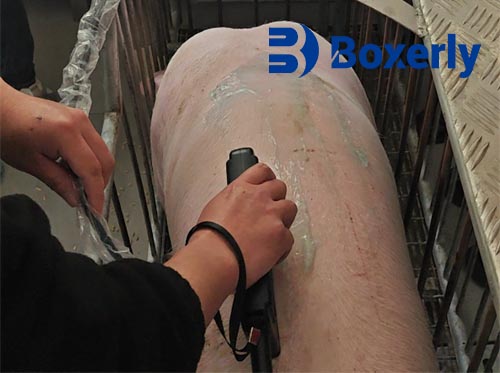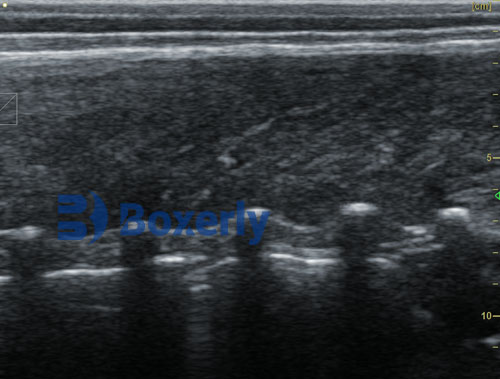As a livestock farmer, I have always been intrigued by the factors influencing sow reproductive performance. One aspect that caught my attention is the backfat thickness (BF) of sows and its potential impact on their reproductive efficiency. To delve deeper into this, I conducted a two-year study involving two commercial herds to investigate the relationship between BF and reproductive outcomes.

Materials and Methods
The study encompassed two herds: Herd A, consisting of 322 purebred Landrace sows, and Herd B, comprising 337 crossbred Yorkshire-Landrace sows. We meticulously recorded BF measurements at breeding and farrowing stages, along with reproductive data such as live-born piglets (LB), stillbirths, mummified fetuses, piglets alive at 48 hours (LB48), and the weaning-to-estrus interval (WEI) over nine parities.
Results
Our findings revealed that Herd B maintained a more consistent BF at breeding compared to Herd A. Notably, sows in Herd A exhibited a significant decline in BF between parities 2 and 5. During their first parity, these sows gained the least BF during gestation and lost the most during lactation. Consequently, Herd B sows had higher LB and LB48 numbers than those in Herd A. Additionally, Herd A's first and second parity sows experienced longer WEI.
Discussion
The study underscores the importance of maintaining consistent BF throughout the reproductive cycle rather than focusing solely on BF at breeding. This is particularly crucial for gilts, who are more prone to mobilize fat reserves, potentially leading to decreased reproductive performance.

Conclusion
In conclusion, our two-year study highlights the significance of consistent BF management in sows to optimize reproductive efficiency. By ensuring stable BF levels throughout the reproductive cycle, especially in gilts, farmers can enhance sow productivity and overall herd performance.
References
Houde, A.A., Méthot, S., Murphy, B.D., Bordignon, V., & Palin, M.F. (2010). Relationships between backfat thickness and reproductive efficiency of sows: A two-year trial involving two commercial herds fixing backfat thickness at breeding. Canadian Journal of Animal Science, 90(3), 429–436. https://doi.org/10.4141/CJAS09115
tags:
Text link:https://www.bxlultrasound.com/ns/807.html


